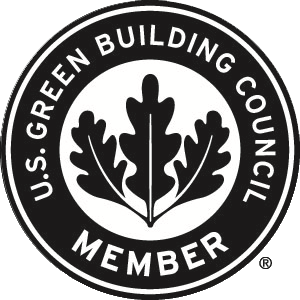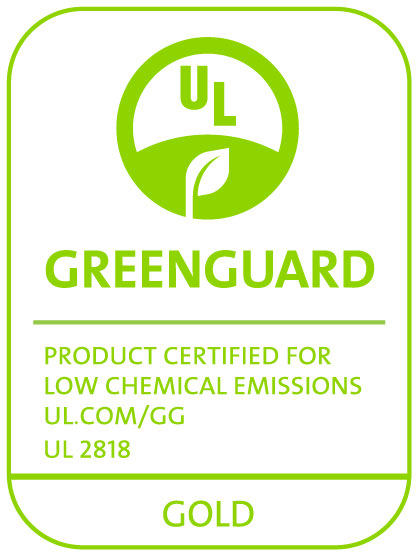Closed-cell elastomeric (rubber) is often compared to closed-cell polyethylene pipe insulation. In some cases, they are deemed equivalent since they are both closed cell and flexible. Let’s look at what makes them different.
Closed-cell elastomeric, also known as rubber, is a synthetic rubber commercially available in either a nitrile butadiene PVC (NBR/PVC) or EPDM formulation. Elastomeric is suitable for residential, commercial, and industrial applications due to its compliance with ASTM C534 Standard Specification for Preformed Flexible Elastomeric Cellular Thermal Insulation in Sheet and Tubular Form.
Polyethylene, also known as PE, polyolefin, and poly, is manufactured as a foam plastic. For example, pool noodles are made of polyethylene. PE must comply with ASTM C1427, Standard Specification for Extruded Preformed Flexible Cellular Polyolefin Thermal Insulation in Sheet and Tubular Form. Polyethylene is suitable for residential and light commercial applications.
Choosing between foam rubber and foam plastic depends on the application. Below are a few important performance characteristics to consider:
- Continuous service temperature (upper, continuous): EPDM is favorable
- EPDM = 257ºF/125ºC
- PE = 200ºF/93ºC
- Water Vapor Permeability: EPDM is favorable
- EPDM = 0.02 perm-inch
- PE = 0.05 perm-inch
- Fire safety: flame spread & smoke-developed index 25/50 (ASTM E84 or UL723): EPDM is favorable
- EPDM passes 25/50 through 2″ (50 mm) thick
- PE passes 25/50 through 1-1/2″ (38 mm) thick
Even though PE passes 25/50, it exhibits concerning behavior when subjected to fire. For this reason, Aeroflex USA only recommends EPDM for commercial and industrial project applications.
This blog provides more detail to help determine which pipe insulation is best suited for your project.











